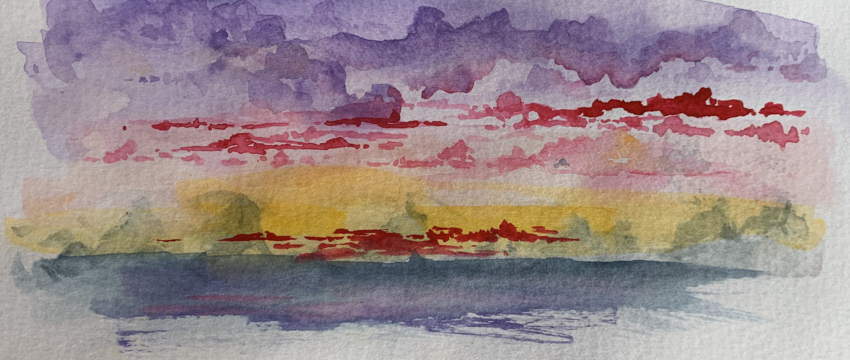FAMOUS PEOPLE ON MY LIFE PATH
Apr
24
Seattle’s MOHAI (Museum of History and Industry) in collaboration with Seattle’s JACL (JAPANESE AMERICAN CITIZENS LEAGUE) debuted the PRIDE AND SHAME exhibit early in 1970, chaired by Tomio Moriguchi, owner of SeaAsia and Uwajimaya Asian Market. It was also in commemoration of the 1970 Osaka World’s Fair. The title was from the 1965 CBS documentary The Nisei: The Pride and the Shame. Professor Min Masuda of University of Washington Psychiatry was one of the organizers.
Shortly after the opening of the MOHAI exhibit, Professor Masuda - with Professor Frank Miyamoto, Chair of U of WA Sociology and Rich Berner, who created the Suzzallo library archives in the 1940s formulated a grant to start a Japanese Collection documenting the Japanese American Experience in the Pacific Northwest.
I was shown two boxes with historical records and left to keep track of my own hours and find and collect documentation of the Japanese Experience of the Pacific Northwest. Karyl Winn was hired at the same time to head Special Collections so she and I learned what to do together. My husband, Sam, bought me a tape recorder and suggested I find out who some of the community leaders were and do some interviewing. Some of those tapes have been translated and digitized. They can be found at Archives West on-line.
At that time Sam and I lived on 23rd Ave. E, in Seattle’s Capitol Hill district. I had a 6-yr-old and 3-year-old so I arranged baby sitting and had to be home before school was out on the days I chose to do my work. I decided to start with the churches and became friends with Reverend Emery Andrews of the Japanese Baptist Church. He was known to have moved his own family to Twin Falls, ID to be near his parishioners incarcerated from 1942 to 1946 in Minidoka. He also made several trips in their “Blue Box” Ford Van, bringing requested items from the church gymnasium storage of items left behind when everyone left Seattle with only what they could carry.
On this day in 1970, Rev. Andrews had arranged a meeting with Floyd Schmoe. We were invited to lunch at the Schmoe home in Juanita on the east side of Lake Washington. At that time, there was no internet and I had very little idea of who Schmoe was.
After the early 1970 morning of organizing breakfast, school, preschool and babysitting; driving “Snow White” our Malibu sedan, I picked up Reverend Andrews at the Baptist Church in Seattle, on Broadway. I drove south on Rainier Avenue and got on to I-90 and through the Mount Baker Tunnel. Half way across the Lacey V. Murrow Memorial Floating Bridge the car engine started to sputter and came to a stop. The gas meter was embarrassingly at zero. Coincidentally, there was a police car following me. In those days they carried a can with gas in their trunk. He pulled up behind me, gave me some gas and sent me on across the bridge.
It was easy to find a gas station on Mercer Island. We made it to the Schmoe home by noon with no further difficulties and had a delicious lunch fixed by Floyd’s then new wife, Tomiko, whom he had met when building houses in Hiroshima to help recovery from the WWII atomic disaster. I considered it a friendly info gathering lunch and didn’t think of taping the session.
his immeasurable service to the Japanese community as a Friend’s Pacifist during WWII and with projects like HOUSES FOR HIROSHIMA after the war. He is remembered for earning Japan’s highest civilian honor and being nominated for Nobel Peace Prize three times.
Schmoe’s daughter Esther was married to Gordon Hirabayshi. Gordon is known for fighting Executive Order 9066, the forced removal and incarceration of all those with as little as 1/16th Japanese Heritage, all the way to the Supreme Court and winning. He was also honored with a post-humous award of the Presidential Medal of Freedom. My mother, who was my babysitter, said, “Gordon was in my fifth grade class at Thomas Grade School.” One year when I met Gordon, he remembered my mom and said, “I remember, we had to get up in front of the class and give a demonstration. Your mom showed us how to wash rice.”
I was able to visit Floyd at the Ida Culver House, in 2001, shortly before he died at age 105. He was still enthusiastic about life and most encouraging about my leaving a legacy of the Japanese American experience!


